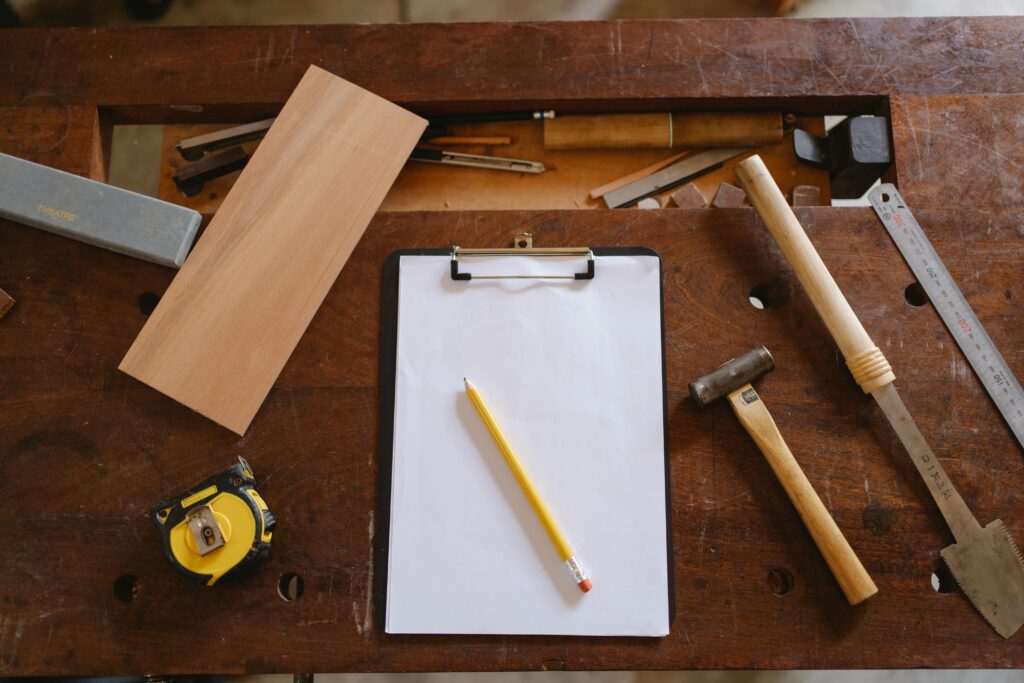Timber frame construction, with its rich history and enduring appeal, offers a unique blend of beauty, sustainability, and structural integrity. As an engineering firm specializing in this timeless method, we’re passionate about helping clients realize their dream homes and buildings through the art of timber framing.
The Benefits of Timber Frame Construction
At its core, timber frame construction involves the use of heavy timber beams and posts joined together with mortise-and-tenon joints. This traditional method creates strong, durable structures that are both visually striking and highly functional. The intricate joinery and exposed timbers lend a rustic charm to any building, making them ideal for those seeking a distinctive and timeless aesthetic.
Environmental Benefits
Timber frame construction is a sustainable choice that aligns with modern environmental concerns. Timber is a renewable resource that sequesters carbon dioxide from the atmosphere, contributing to a healthier planet. Additionally, the reduced energy consumption associated with timber frame construction compared to traditional methods further minimizes its environmental footprint.
Structural Integrity and Durability
Timber frame structures are renowned for their exceptional durability and resistance to the elements. The heavy timber beams and posts provide a robust framework that can withstand various loads and weather conditions. Properly engineered and maintained, timber frame buildings can last for centuries, making them a valuable investment for generations to come.
Cost Considerations for Timber Frame Construction
While costs can vary widely, you can generally expect to pay between $350 and $375 per square foot for a complete, turnkey timber frame home. This includes the cost of the timber frame itself, as well as engineering, construction, and finishes.
It’s important to note that this is a general estimate, and actual costs may be higher or lower depending on the factors mentioned above.
To get a more accurate cost estimate for your specific project, it’s recommended to consult with a timber frame builder or engineer in your area. They can provide you with a detailed breakdown of costs based on your unique requirements and local market conditions.

How to Tell if a House Is Timber Framed
While timber frame construction is often visually distinctive, there are a few key features to look for when trying to determine if a house is built using this method:
1. Exposed Beams and Posts:
- Interior: The most obvious sign is the presence of large, exposed beams and posts throughout the interior. These are often left unfinished or treated with natural finishes to showcase their character.
- Exterior: In some cases, exterior walls may also feature exposed timbers, creating a rustic and visually striking facade.
2. Unique Joinery:
- If you can access the interior or crawl spaces, look for the distinctive joints that connect the beams and posts. These are often hand-cut and offer a unique aesthetic.
3. Spacious Layouts:
- Houses built using this method often have open and spacious floor plans. The large, heavy timbers can support wide spans without the need for intermediate supports.
4. Historical Context:
- Research the age and architectural style of the house. This type of construction was particularly popular in certain regions and time periods.
5. Local Knowledge:
- If you’re unsure, consult with local historians, architects, or real estate professionals who may be familiar with the area’s building traditions.
Additional Tips:
- Look for clues in the foundation: Houses built using this method often have a stone or brick foundation that complements the rustic aesthetic of the timber structure.
- Consider the overall feel of the house: These homes often have a warm and inviting atmosphere due to the natural materials and exposed timbers.
Remember: While these features are strong indicators of this type of construction, it’s always best to consult with a professional for a definitive assessment.
Frequently Asked Questions About Timber Frame Construction
1. What is the difference between this type of construction and traditional stick-built construction?
This type of construction uses heavy timber beams and posts joined with mortise-and-tenon joints, creating a strong framework. Stick-built construction involves framing walls with smaller studs and sheathing. Homes built using this method often have larger, more open floor plans and a distinct aesthetic.
2. Is this type of construction more expensive than traditional stick-built construction?
Yes, this type of construction typically costs more upfront than traditional stick-built methods. However, this initial investment can be offset by long-term benefits such as energy efficiency, durability, and potential resale value.
3. How long does it take to build a home using this method?
The construction time for a home built using this method can vary depending on factors like size, complexity, and local building codes. However, these projects can often be completed in a similar timeframe to traditional stick-built homes.
4. Are homes built using this method energy-efficient?
Yes, homes built using this method are generally more energy-efficient than traditional stick-built homes. The inherent insulation properties of timber can help to reduce heating and cooling costs.
5. Can I customize a home built using this method?
Absolutely! This type of construction offers a high degree of customization. You can work with architects and designers to create a unique and personalized home that meets your specific needs and preferences.
6. How durable are homes built using this method?
Homes built using this method are renowned for their durability and resistance to the elements. Properly engineered and maintained, these buildings can last for centuries.
7. Can I add a second story to a home built using this method?
Yes, it’s possible to add a second story to a home built using this method. However, careful engineering and design considerations are necessary to ensure the structural integrity of the building.
8. Is this type of construction environmentally friendly?
Yes, this type of construction is a sustainable choice. Timber is a renewable resource, and homes built using this method have a reduced environmental impact compared to traditional construction methods.
9. Can I use this type of construction for commercial buildings?
Yes, this type of construction is suitable for a variety of commercial applications, including offices, retail spaces, and industrial buildings.
10. Where can I find a builder or engineer specializing in this type of construction?
You can find builders and engineers specializing in this type of construction by searching online, contacting local building associations, or seeking recommendations from friends or family.
Our Approach to Timber Frame Construction
At Sussex Structural Engineers, we are committed to delivering exceptional timber frame construction projects that exceed our clients’ expectations. Our approach is characterized by:
- Quality craftsmanship: We partner with skilled artisans who share our passion for traditional building methods.
- Sustainability: We prioritize the use of sustainable timber sources and environmentally friendly practices.
- Client satisfaction: We work closely with our clients to understand their vision and create a personalized design.
- Engineering excellence: Our team of engineers ensures that every project meets the highest standards of safety and durability.
The Role of Engineering in Timber Frame Projects
While the beauty of timber frame construction lies in its traditional methods, the success of any project relies on sound engineering principles.
Our team of experienced engineers brings a wealth of knowledge and expertise to ensure that every timber frame building meets the highest standards of structural integrity and code compliance. We carefully analyze site conditions, load calculations, and design considerations to create safe, efficient, and aesthetically pleasing structures.
Contact Us
Contact us today to learn more about how our engineering services can help you bring your timber frame project to life.
Whether you’re dreaming of a cozy cabin retreat or a modern farmhouse, timber frame construction offers a unique and sustainable solution. With its blend of beauty, durability, and environmental benefits, timber frame buildings are a timeless choice that will stand the test of time.
Phone number: 01323 409851

